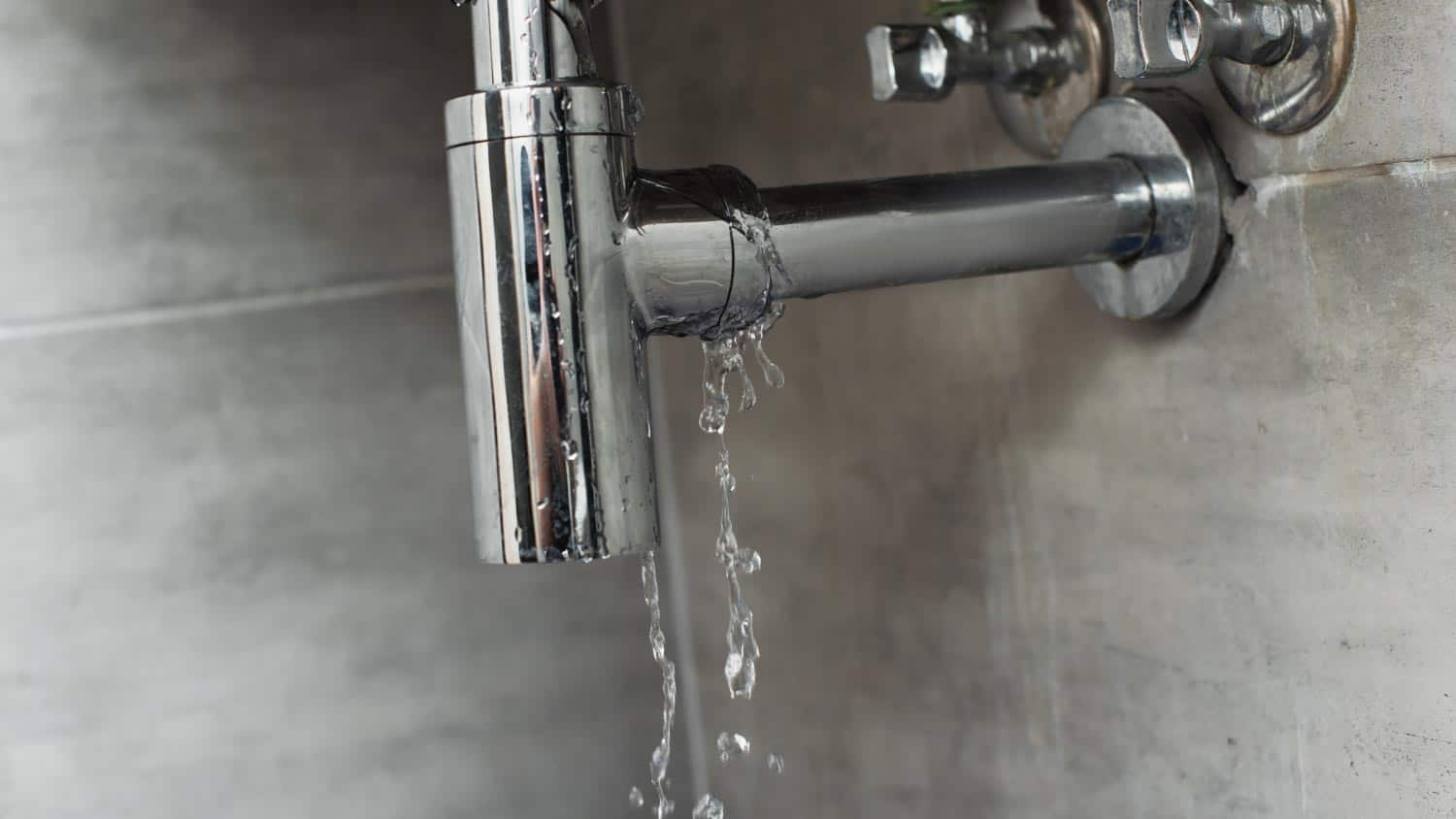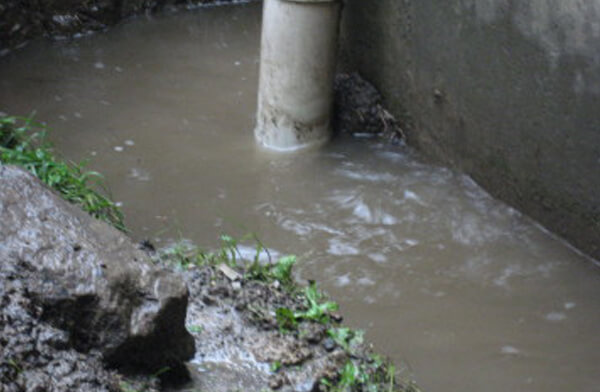This article which follows about Detecting hidden plumbing leaks is exceedingly entertaining. Read it for yourself and see what you think of it.

Early discovery of leaking water lines can mitigate a prospective calamity. Some small water leaks may not be noticeable.
1. Examine the Water Meter
Every residence has a water meter. Inspecting it is a proven way that aids you discover leaks. For starters, switch off all the water sources. Guarantee no one will purge, make use of the tap, shower, run the washing device or dishwashing machine. From there, go to the meter and also watch if it will certainly change. Because nobody is using it, there must be no motions. That suggests a fast-moving leakage if it moves. If you identify no adjustments, wait an hour or 2 and inspect back once more. This implies you might have a slow leakage that might even be below ground.
2. Check Water Usage
If you detect unexpected changes, in spite of your consumption being the exact same, it means that you have leakages in your plumbing system. A sudden spike in your bill suggests a fast-moving leakage.
On the other hand, a steady increase monthly, despite having the very same habits, shows you have a slow-moving leak that's likewise slowly rising. Call a plumber to thoroughly check your residential property, particularly if you really feel a cozy location on your flooring with piping underneath.
3. Do a Food Coloring Test
When it comes to water consumption, 30% comes from bathrooms. If the shade in some way infiltrates your bowl during that time without flushing, there's a leak between the tank and dish.
4. Asses Outside Lines
Don't fail to remember to examine your exterior water lines as well. Examination spigots by affixing a garden hose pipe. Needs to water seep out of the link, you have a loosened rubber gasket. Change this and also make certain all connections are tight. It will assist get it skillfully took a look at as well as preserved annually if you've got a sprinkler system. One tiny leak can squander tons of water and spike your water expense.
5. Inspect and Analyze the Circumstance
House owners ought to make it a routine to inspect under the sink counters and even inside closets for any bad odor or mold growth. These two warnings show a leakage so timely attention is called for. Doing routine assessments, even bi-annually, can save you from a significant problem.
A lot more significantly, if you recognize your residence is already old, maintain a watchful eye on your heating units, tubes, pipelines and so on. Check for stainings as well as compromising as most pipelines and also devices have a life expectancy. They will certainly additionally naturally degrade due to deterioration. Don't wait for it to intensify if you think leaking water lines in your plumbing system. Call a professional plumber right now so you do not wind up with a horrible mess in your home.
Early discovery of dripping water lines can minimize a possible calamity. Some little water leakages might not be noticeable. Examining it is a guaranteed method that helps you uncover leakages. One tiny leakage can lose loads of water and increase your water expense.
If you suspect dripping water lines in your plumbing system, don't wait for it to rise.
WARNING SIGNS OF WATER LEAKAGE BEHIND THE WALL
PERSISTENT MUSTY ODORS
As water slowly drips from a leaky pipe inside the wall, flooring and sheetrock stay damp and develop an odor similar to wet cardboard. It generates a musty smell that can help you find hidden leaks.
MOLD IN UNUSUAL AREAS
Mold usually grows in wet areas like kitchens, baths and laundry rooms. If you spot the stuff on walls or baseboards in other rooms of the house, it’s a good indicator of undetected water leaks.
STAINS THAT GROW
When mold thrives around a leaky pipe, it sometimes takes hold on the inside surface of the affected wall. A growing stain on otherwise clean sheetrock is often your sign of a hidden plumbing problem.
PEELING OR BUBBLING WALLPAPER / PAINT
This clue is easy to miss in rooms that don’t get much use. When you see wallpaper separating along seams or paint bubbling or flaking off the wall, blame sheetrock that stays wet because of an undetected leak.
BUCKLED CEILINGS AND STAINED FLOORS
If ceilings or floors in bathrooms, kitchens or laundry areas develop structural problems, don’t rule out constant damp inside the walls. Wet sheetrock can affect adjacent framing, flooring and ceilings.
https://www.servicemasterbyzaba.com/blog/how-to-detect-water-leakage-in-walls/

Do you appreciate reading about Locating water leaks? Try leaving a short review below. We'd be interested to hear your ideas about this blog post. In hopes to see you back again soon. Do you know about someone else who is curious about the topic? Please feel free to share it. Thanks so much for going through it.